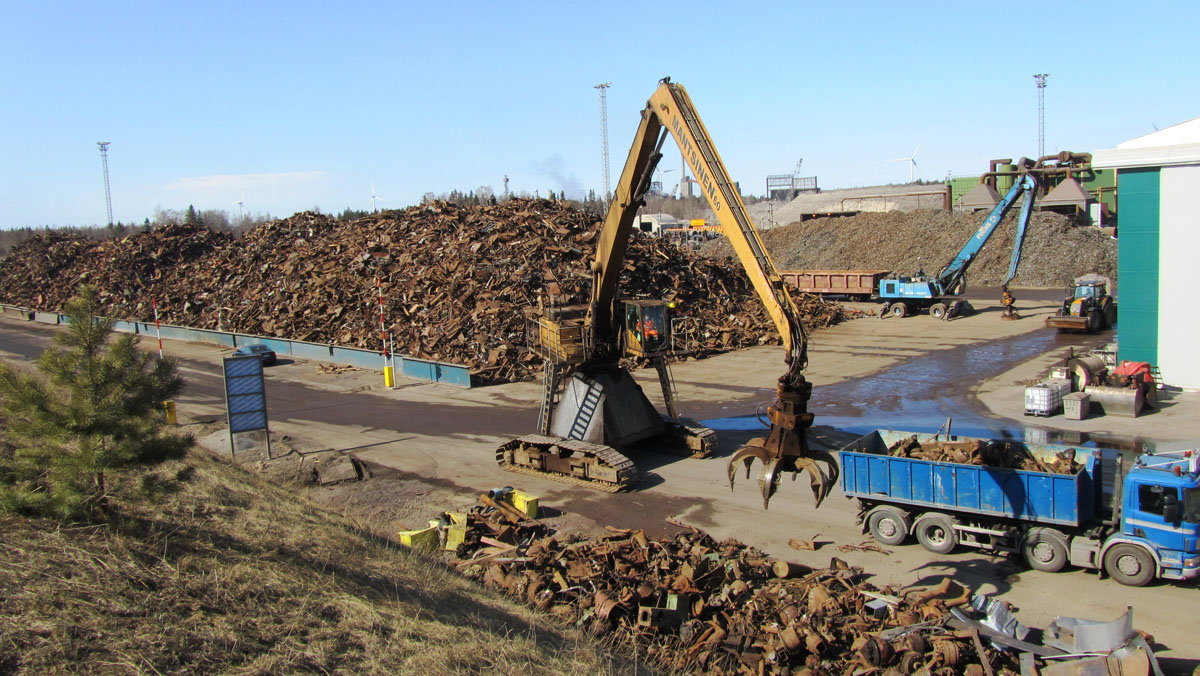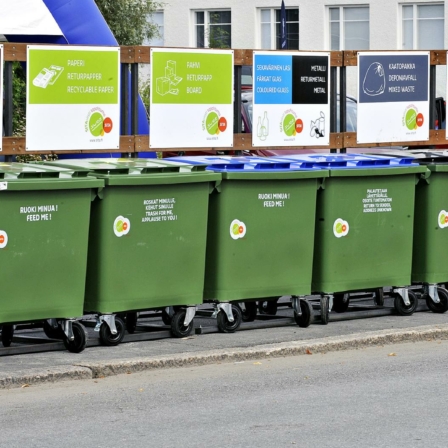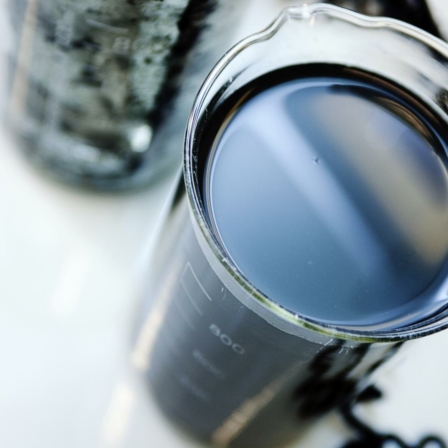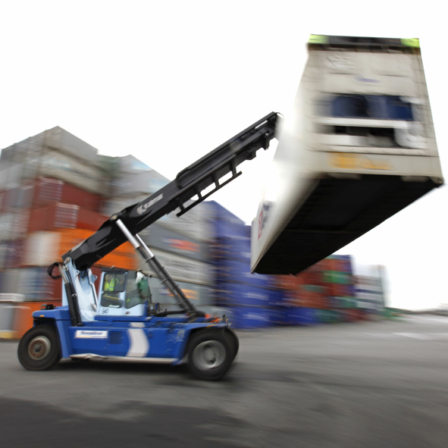At an individual level, people understand recycling as returning their empty bottles to the store and taking their old newspapers and household cardboard, metal and glass waste to a collection point. It’s not often that we stop to think about what happens to all that material after it has been recovered. Glass bottles, for example, are reused, plastic is exploited as an energy source, and paper and cardboard are turned into usable paper and cardboard again. Metals are often recovered as raw material for the steel production cycle and eventually manufactured into objects such as mailboxes, bike frames or roofing sheets.
From the viewpoint of a steel mill and Ruukki, recycling is a much wider concept, encompassing considerably more than the recovery and reuse of household metal waste. The steel industry has three types of recycling processes: external recycling to the mill, internal recycling and external recycling from the mill. The acquisition of recycled steel for steelmaking purposes is a good example of external recycling to the mill. Ruukki’s sales of Mineral products for use in earthworks and road construction activities and liming for the agricultural sector or as raw material for cement are forms of external recycling, from the mill to the customers.
But the material flows are most substantial within a steel mill’s internal recycling processes, as natural raw materials get substituted by recyclable materials in the iron and steel production cycles. Every year, hundreds of thousands of tonnes of recycled materials are used instead of natural raw materials through an efficient internal recycling programme. Recycled materials are manufactured throughout many of the processing stages, with the methods including, for example, the cleaning of coke oven gas, the treating of slag from the blast furnace and converters and the returning of surplus pieces of steel to the production cycle.
Recycling has many positive side effects that are often overlooked. It is an advanced form of materials efficiency; anything that can be recovered is recycled and reused to get the most out of each piece of material, whether it’s for raw material use or energy production purposes. Using recycled raw materials reduces the use of natural raw materials, which are often imported from far away, and this in turn helps reduce the environmental load of long raw material supply chains. Another benefit is being able to keep some of the related jobs in Finland. The impact of recycled raw materials is multifaceted, because one material choice can have an impact on the need for the use of various others.
From the environmental protection perspective alone, the numbers are staggering. For example, the use of Ruukki’s Mineral products in the earthworks and road construction sector saves about 200-300 thousand tonnes of natural aggregates per year – in terms of transport that is more than six thousand fewer truckloads – while the use of recycled steel helps reduce carbon dioxide emissions by 600 thousand tonnes.
Ruukki has a comprehensive recycling programme that is extremely beneficial for the environment, the corporation and the national economy. This has been achieved by making materials efficiency a natural part of its industrial operations.





Recommended